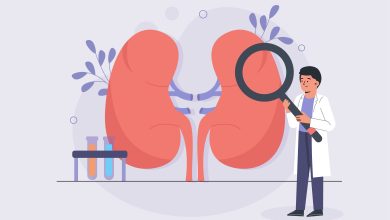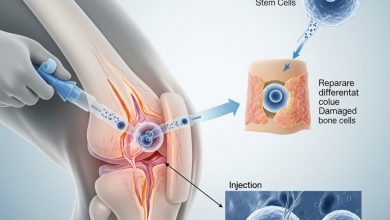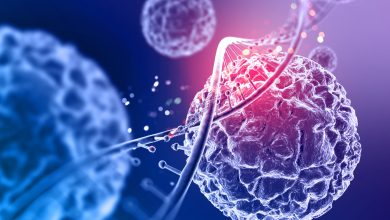Understanding Baby Acne in Newborns: Causes, Symptoms, and Treatment

Baby acne, also known as neonatal acne, is a common condition that affects many newborns during their first few weeks of life. While it can be concerning for new parents to see red bumps and pimples on their baby’s delicate skin, baby acne is generally harmless and usually resolves on its own without treatment. In this article, we’ll explore what baby acne newborn is, what causes it, how to recognize it, and what, if anything, you should do about it.
What is Baby Acne?
Baby acne is a skin condition that occurs in newborns, typically within the first two to four weeks of life. It appears as small red or white bumps on the face, especially on the cheeks, nose, and forehead. Occasionally, it can also develop on the neck and upper back. Baby acne is temporary and differs from other skin conditions like eczema or heat rash.
Causes of Baby Acne
The exact cause of baby acne isn’t fully understood, but it’s believed to be related to hormonal changes. During pregnancy, a mother’s hormones can pass through the placenta and affect the baby’s skin. These hormones may stimulate the baby’s oil glands, leading to the development of acne. Additionally, newborns have immature skin that can be more sensitive to irritants, contributing to the condition.
Other possible factors that might exacerbate baby acne include:
- Overactive sebaceous glands: The baby’s skin may produce excess oil, clogging pores.
- Exposure to irritants: Fabrics, harsh detergents, or rough materials can irritate the baby’s skin.
- Milk or saliva residue: These can sometimes irritate the skin around the mouth, leading to acne-like bumps.
Symptoms of Baby Acne
Baby acne newborns typically present as small red or white pimples or pustules on the face. The skin around the pimples may appear slightly red or inflamed. Unlike adult acne, baby acne does not usually involve blackheads or large cysts. It’s important to note that baby acne is not itchy or uncomfortable for the baby, though it may look bothersome to parents.
How to Treat Baby Acne
In most cases, baby acne newborn does not require treatment and will clear up on its own within a few weeks to a few months. However, there are some gentle care tips that parents can follow to help manage the condition:
- Keep the skin clean: Gently wash your baby’s face with warm water and a mild, fragrance-free baby soap once a day. Avoid scrubbing the skin, as this can cause further irritation.
- Avoid using oily or greasy products: These can clog pores and worsen baby acne. Stick to mild, water-based baby moisturizers if needed.
- Pat dry, don’t rub: After washing, gently pat the skin dry with a soft towel rather than rubbing it.
- Don’t pick or squeeze: Picking at the acne can cause irritation, and infection, and potentially lead to scarring.
When to See a Doctor
While baby acne is generally harmless, there are times when you might want to consult a pediatrician:
- If the acne persists beyond three months or worsens over time.
- If the skin appears extremely red, swollen, or seems to be causing discomfort to the baby.
- If other symptoms appear: such as fever, changes in behavior, or signs of infection.
Your pediatrician can help rule out other skin conditions and may recommend a gentle treatment if necessary, such as a medicated cream. However, most cases of baby acne do not require medical intervention.
Conclusion
Baby acne newborn is a common and temporary skin condition in newborns that generally resolves without any specific treatment. While it can be distressing to see blemishes on your baby’s skin, it’s important to remember that this condition is typically harmless and will fade with time. By following simple skincare tips and being patient, you can help your baby’s skin clear up naturally. If you have any concerns, don’t hesitate to reach out to your pediatrician for guidance.




